Animation &Commentary &commercial animation &Independent Animation &repeated posts 06 Feb 2012 06:49 am
John Wilson – part 5
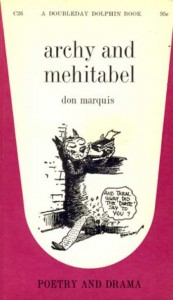 - Don Marquis‘ book, Archy and Mehitabel, garnered fame quickly and not least because of the extraordinary illustrations of George Herriman, the creator of Krazy Kat.
- Don Marquis‘ book, Archy and Mehitabel, garnered fame quickly and not least because of the extraordinary illustrations of George Herriman, the creator of Krazy Kat.
The first book was published in 1927 and others followed in 1933 and 1935. It wasn’t until the third book that Herriman took over the characters created by Marquis in his book of short stories, developed mostly, in poetry. An on-again off-again love affair, the story had two principal characters: a cat, Mehitabel, and Archy, cockroach. (You can read these poems on line here.)
In 1953, writer Joe Darion along with composer George Kleinsinger (the creator of Tubby the Tuba) wrote a musical theater piece. Tenor Jonathan Anderson played Archy and soprano Mignon Dunn was Mehitabel. At about the same time a recording of the showtunes was recorded with Carol Channing as Mehitabel and Eddie Bracken as Archy. The record was a success.
With the help of the young writer, Mel Brooks, they were able to get their show to Broadway in 1957, but it was now named Shinbone Alley. After 49 performances, the show closed, but the original cast album was recorded that same year. The songs stayed in the permanent repetoire of Carol Channing and Eartha Kitt.
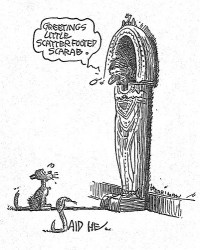 In 1971, John Wilson directed an animated feature starring the voices of Channing and Brackett and using the songs from the musical. The love affair between Archy and Mehitabel was penned by Archy, the cockroach; his poems tell their story.
In 1971, John Wilson directed an animated feature starring the voices of Channing and Brackett and using the songs from the musical. The love affair between Archy and Mehitabel was penned by Archy, the cockroach; his poems tell their story.
The film suffers from its music. The songs are simple and sound as if they’re written for children, but the lyrics pull from the poems which are definitely designed for adults. It gets a bit confusing, as a result, and is a bit picaresque; the poems are short and illustrating them in animation would take more adaptation than seen here.
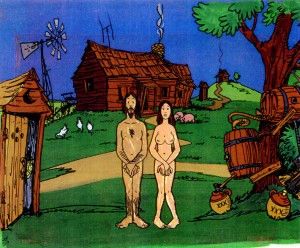 John Wilson had developed his studio, Fine Arts Films, on the back of the weekly, animated, music videos he did for The Sonny and Cher Show, an enormous hit in the early 70s.
John Wilson had developed his studio, Fine Arts Films, on the back of the weekly, animated, music videos he did for The Sonny and Cher Show, an enormous hit in the early 70s.
These music videos were loose designs animated quickly and lively around the songs Sonny & Cher would schedule each week. There would always be one or two of these pieces, and they were highlights in the weekly one-hour musical/variety program.
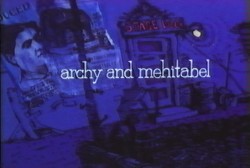 The graphics of Shinbone Alley aren’t too far from these Sonny & Cher videos. Loose design and animation with a design style not too far from the Fred Wolf’s made-for-ABC feature, The Point. This was the first feature made for television and featured the songs and story of Harry Nilsson, although Shinbone Alley featured a wilder color pallette.
The graphics of Shinbone Alley aren’t too far from these Sonny & Cher videos. Loose design and animation with a design style not too far from the Fred Wolf’s made-for-ABC feature, The Point. This was the first feature made for television and featured the songs and story of Harry Nilsson, although Shinbone Alley featured a wilder color pallette.
Jules Engel, Corny Cole and Sam Cornell all worked in design on the film. The long list of 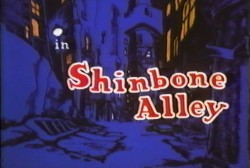 animators included Barrie Nelson, John Sparey, Spencer Peel, Eddie Rehberg and Jim Hiltz. Mark Kausler was an assistant on the show.
animators included Barrie Nelson, John Sparey, Spencer Peel, Eddie Rehberg and Jim Hiltz. Mark Kausler was an assistant on the show.
The film wasn’t an enormous success, but that was probably explained much by the limited distribution and the poor marketing of the film. I saw the film when it came out; I was living in Washington DC at the time (in the Navy). I was very disappointed. The animation is very limited and the style was a real let-down having known the George Herriman illustrations from the Don Marquis book. We’d already seen those limited animation Krazy Kat cartoons from King Features, so I knew the style could be done adequately – even on a budget. The style in this film just seemed a little too Hollywood cute, at the time, and it felt dated when it came out. I don’t feel too differently about it watching the VHS copy I own.
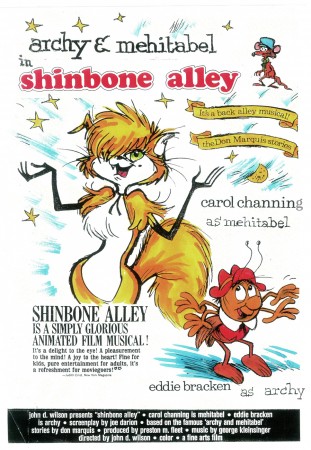
the film’s poster
Here are some frame grabs from the first 1/4 of the film:
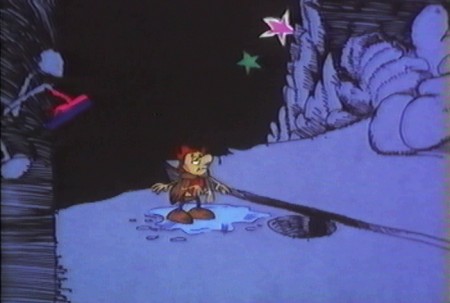
We’re introduced to Archy right off the bat as he
flies out of the river onto the dock. He realizes that he,
the poet, tried to kill himself and was sent back as a cockroach.
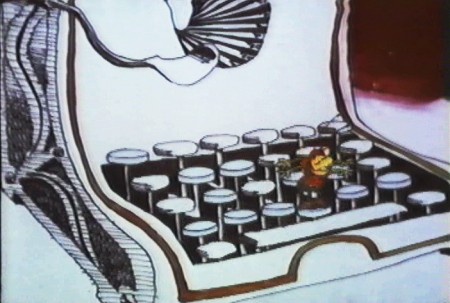
He soon finds a typewriter and goes straight back to work.
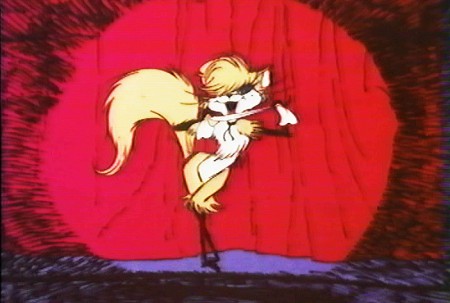
Mehitabel is a performer – with Carol Channing’s voice.
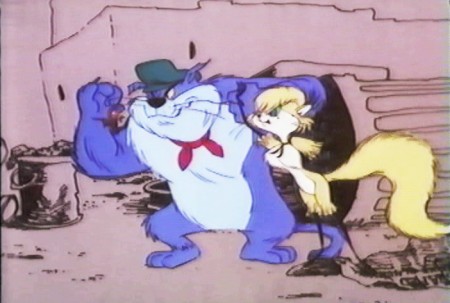
She has another boyfriend, voiced by Alan Reed,
who is also the voice of Fred Flintstone.
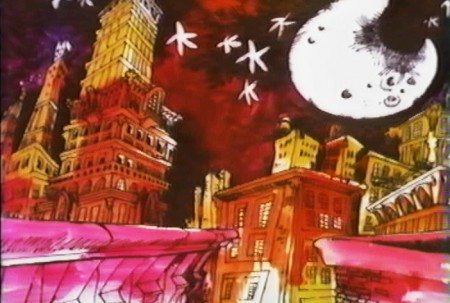
A song video takes us outside.
Part of this post was originally on this Blog in February 2010.
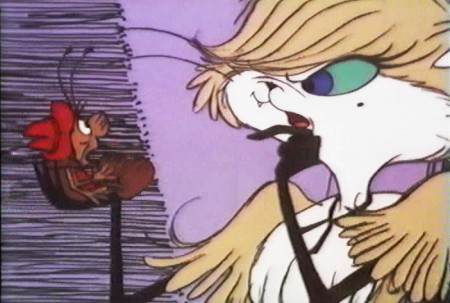
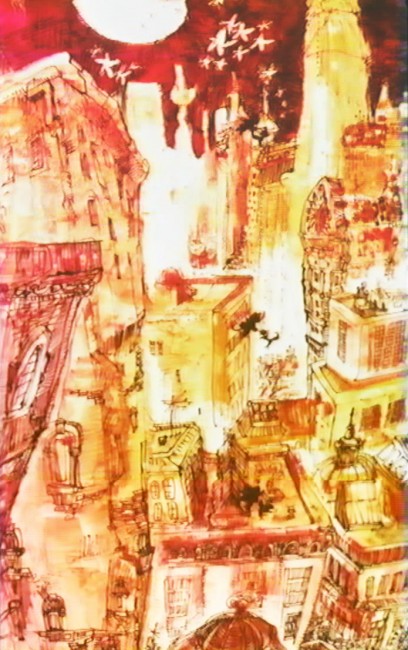
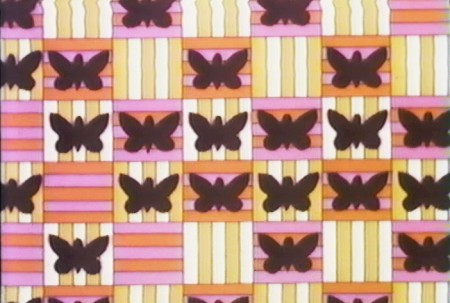
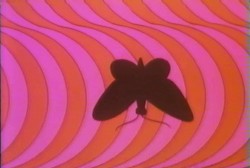
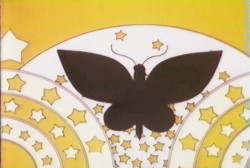
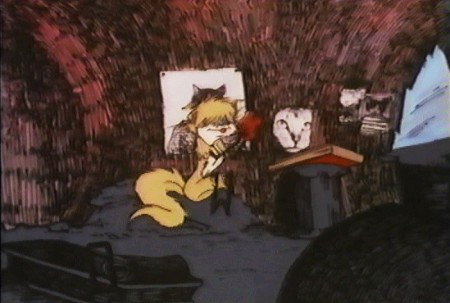
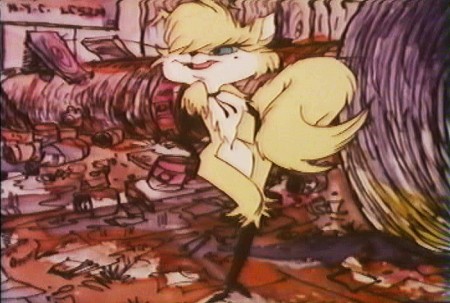

on 06 Feb 2012 at 11:11 am 1.richard o'connor said …
Shinbone Alley is available on demand on Netflix. It’s not a good film.
Those Sonny & Cher films, however, are top notch. The Joni Mitchell, which I must have seen in a syndicated repeat, has stuck with me my whole life.
on 06 Feb 2012 at 11:58 am 2.Chris Sobieniak said …
It’s certainly one of those those “could have been better” type of movies. Seems like a great staff of people were on this, yet it just couldn’t pull it off successfully. And yet I still find it interesting to see at least once.
on 06 Feb 2012 at 12:03 pm 3.David Nethery said …
I had read about this film , but never seen it . When it popped up on Netflix streaming recently I tried to watch it. Could not make it through for more than 15 minutes.
on 06 Feb 2012 at 2:46 pm 4.Charles Brubaker said …
There was one scene where everything is suddenly transformed into Herriman style, complete with cameo of Krazy and Ignatz (the “I’m Mad as Hell” scene). That was probably the best part; I wish they did the entire movie in that style.
Mark Kausler got to do a little bit of animation in that sequence.
on 07 Feb 2012 at 2:15 pm 5.Tom Minton said …
This motion picture was originally meant to have been the first to achieve an “X” rating, due to adult content and language, which the producer and/or director opted to cut prior to submitting it to the MPAA. Had they left that stuff in, they’d have beaten Ralph Bakshi’s “Fritz the Cat” to the punch by several months (IMDB’s Fritz release date is incorrect)and been the first X-rated animated feature on earth. Judith Crist liked the film but Vincent Canby gave it a mixed review because he felt it delivered intended adult material while resembling typical TV fare. I recall the New Yorker magazine giving “Shinbone Alley” a generally positive capsule notice, describing Mr. Wilson’s line as “wonderfully scratchy”, which it is. The film could have benefited from a larger budget but I could never get past Alan Reed’s voiceprint Fred Flintstone coming out of that large blue feline. It’s not even remotely different – it IS Fred. What the hell is Fred Flintstone doing in this story? Alan Reed had also voiced the character Boris in Disney’s “Lady and the Tramp”, a Russian-accented wolfhound. Even that hammy, theatrical voice would have worked better for Big Bill than the vocal stylings of Fred Flintstone.
on 07 Feb 2012 at 9:43 pm 6.The Gee said …
“The style in this film just seemed a little too Hollywood cute, at the time, and it felt dated when it came outâ€
Is there a known explanation why they chose the style? I am guessing the one they used was preferred for the animation but was it more of the studio or maybe whoever owned the rights for the book/characters at that point?
I’ve read bits of the original before in some book on Herriman or comics.. But, like it says on that Marquis tribute site:
“…the basic problem of how to make a theatre piece out of a book of random verse has not been solved.â€
I’ve yet to watch the feature but I do wonder if that problem of translation for theatre was similar or the same for the film. Given the work’s history of being illustrated with cartoon characters, sure. That makes sense. But, I never really got why the basic premise was the least bit endearing to begin with. I’m dense like that though.
on 02 May 2012 at 1:07 am 7.Andrew Wilson said …
Great insight, Tom. Didn’t know any of that. Pretty wild.
You’d think as a kid growing up on 70′s cartoons I would have made the connection to Fred Flinstone as well, but I guess Shinbone was too ingrained in my subconscious. By the way watching cartoons was not always fun in my house as Dad liked to critique the work as I watched it.
Agree overall that Shinbone isn’t one of his better works. Always wanted to see the whole thing in the Herriman style as well. The backgrounds and production design were stellar, however. I remember being in total awe of that style as a kid.